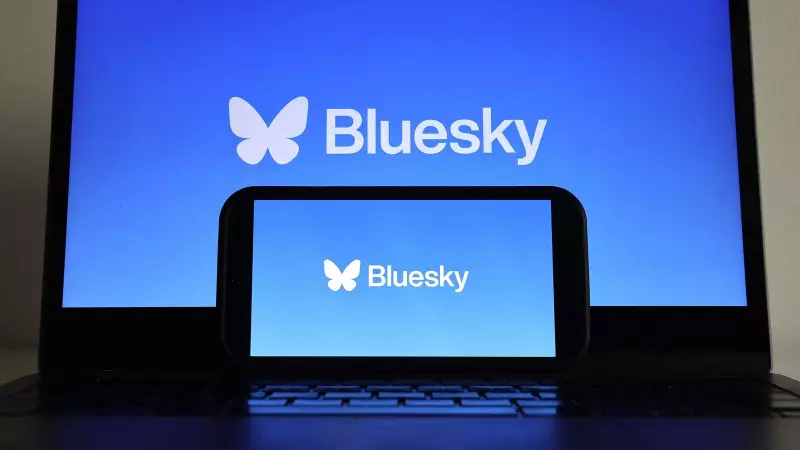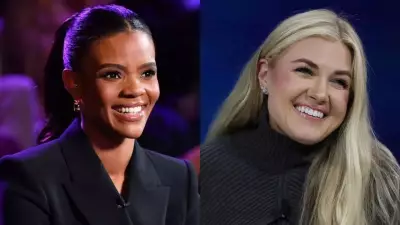
In a stunning revelation that highlights the deep political divisions in American social media, Bluesky's transparency report has uncovered that US Vice President JD Vance and several White House accounts rank among the most blocked profiles on the platform.
The Block List That's Making Headlines
The decentralized social media platform Bluesky, often seen as a successor to Twitter, recently published data showing exactly which accounts users are choosing to silence. Topping this controversial list is none other than Vice President JD Vance, followed closely by various White House-affiliated profiles.
Why Are Users Hitting the Block Button?
This phenomenon isn't just about personal preferences—it reflects broader political polarization. Users appear to be actively curating their feeds to avoid content from prominent political figures, particularly those from the current administration.
Key Factors Driving the Blocking Trend:
- Political polarization reaching social media platforms
- Users seeking to create echo chambers in their feeds
- Reaction to controversial policy announcements
- General fatigue with political content
What This Means for Social Media's Future
The blocking trend raises important questions about the role of social media in political discourse. As platforms like Bluesky gain popularity, their transparency reports provide unprecedented insight into user behavior and political engagement—or lack thereof.
This development comes at a crucial time when social media companies are grappling with content moderation, free speech concerns, and their role in democratic processes. The massive blocking of high-profile political accounts suggests users are taking content curation into their own hands.
The Bigger Picture: Social Media in the Political Arena
The blocking of Vance and White House accounts isn't just a Bluesky phenomenon—it reflects a broader pattern across social media platforms. As political tensions remain high, users are increasingly aggressive about controlling what appears in their feeds, potentially creating even deeper political divides.
This trend poses significant challenges for political communication and public engagement, suggesting that traditional methods of reaching constituents through social media may need rethinking.





